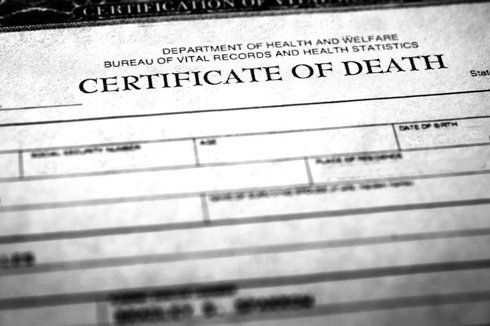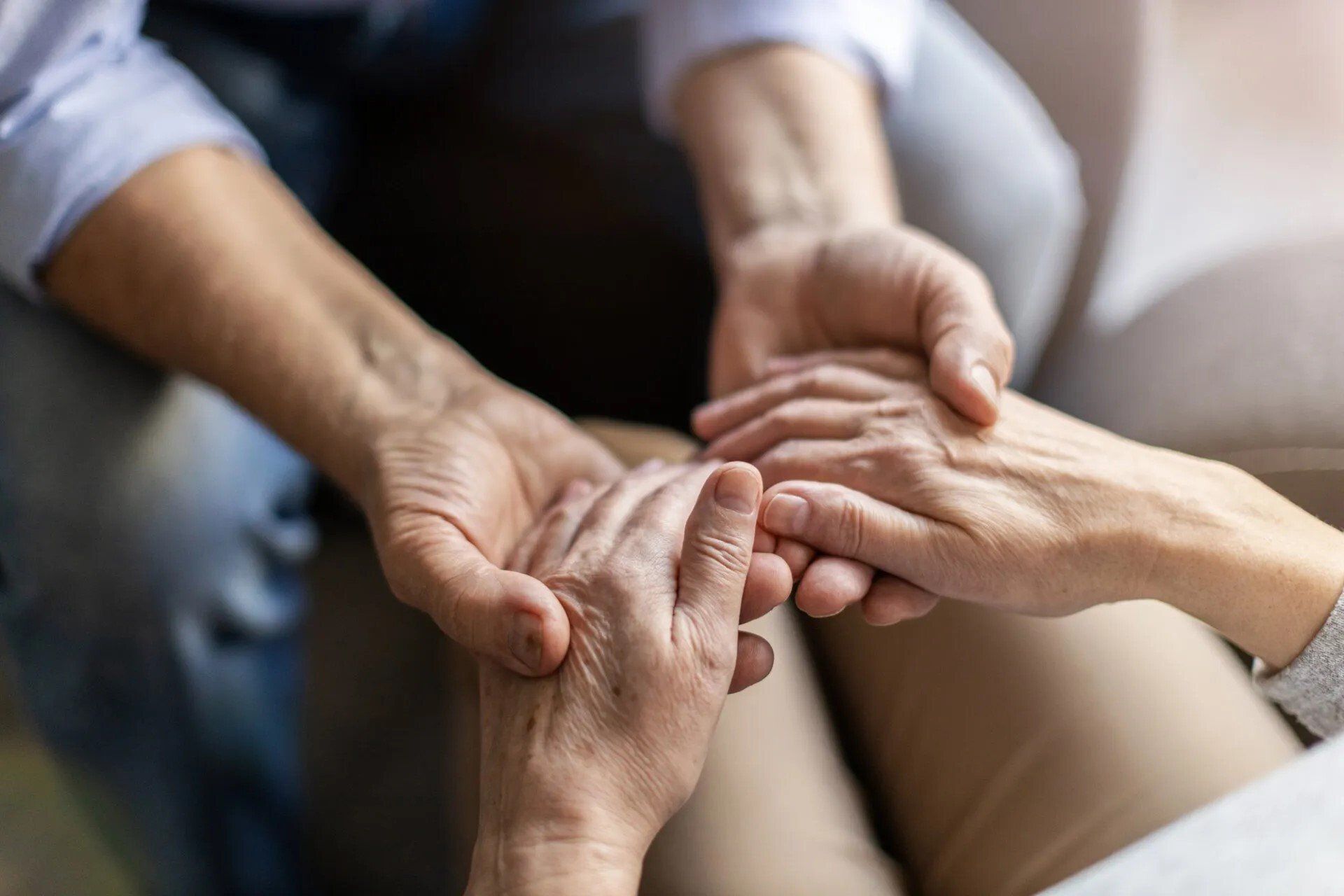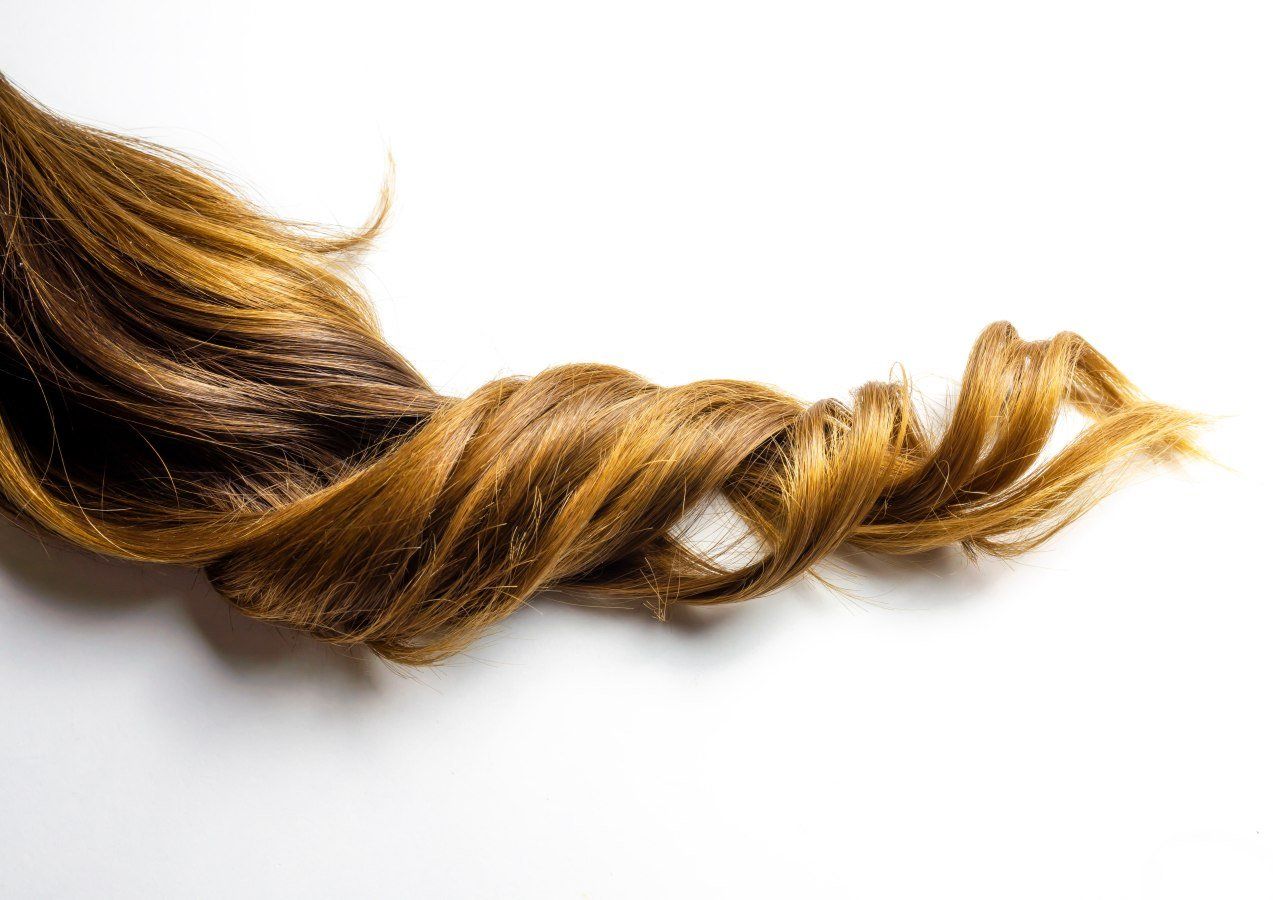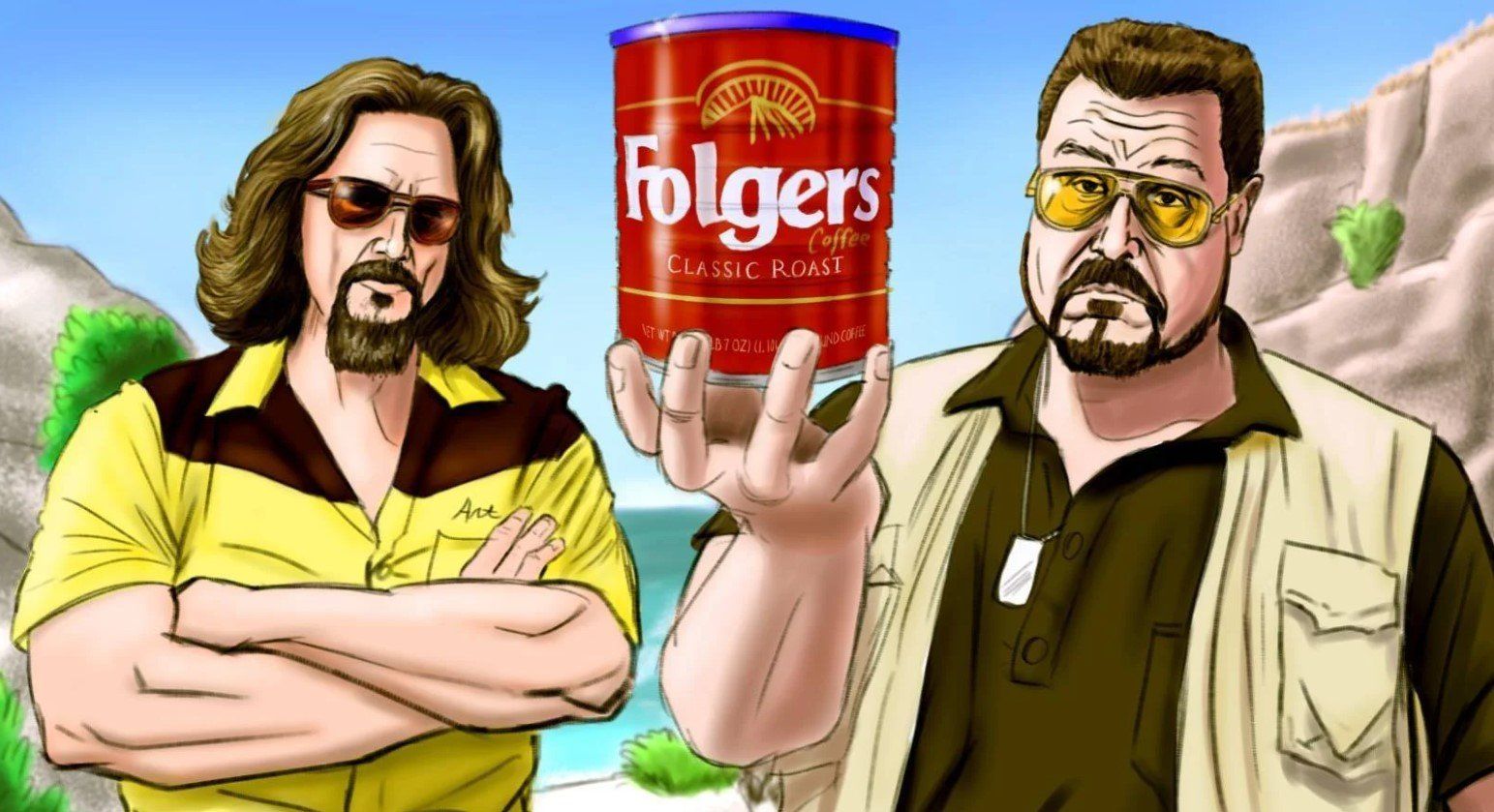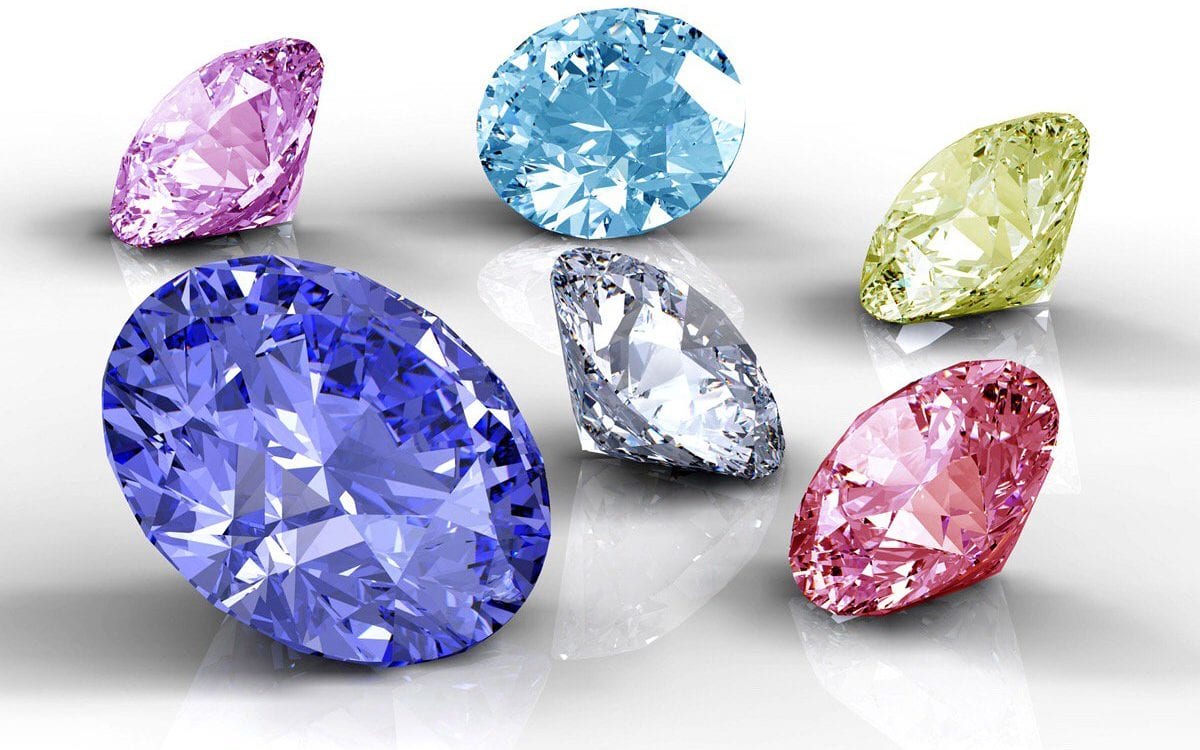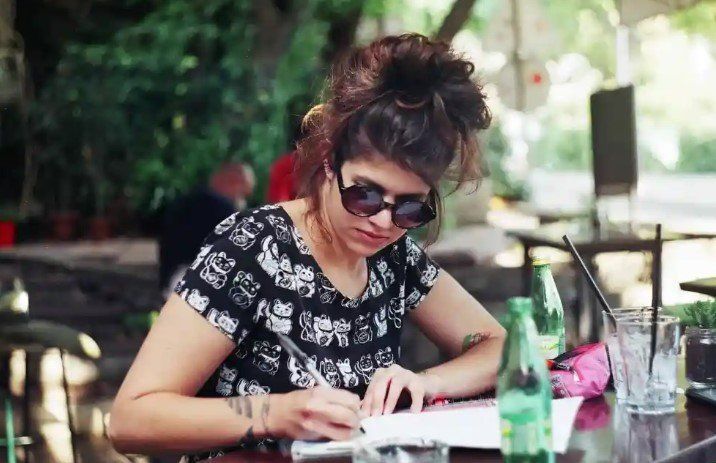What is Water Cremation?
Water cremation is an eco-friendly disposition service. Keep reading to learn more about this state of the art process available here.

Also known as alkaline hydrolysis, Water Cremation is a liquid cremation process which speeds up the way our bodies return to nature when they are buried. Under the earth, a similar hydrolysis process can take years, but with the appliance of science, very hot water and five per cent potassium hydroxide – a compound used in soap and shampoo – a water cremation takes around four hours.
What Happens at a Water Cremation?
As usual when planning a funeral service, a water cremation comes after the funeral service or life celebration in the crematorium chapel. After, the deceased will be dressed or wrapped in a material made of natural fiber, before being placed in the chamber. Once the body is inside the chamber, it’s filled with approximately 80 gallons of an alkali solution that’s 5% potassium hydroxide and 95% water.
During the cremation the alkali solution is heated to 300 – 350 degrees Fahrenheit and the pressure is increased. The temperature is high enough to kill bacteria. It also dissolves the soft tissue of the body leaving only the bones behind.
This solution is completely safe for people and the environment. Despite objections and the personal opinion of opponents, the leftover solution after water cremation is safe enough to pour down the sink. In fact, the ingredients of the alkali solution can be found in liquid soap. And the liquid from the soft tissue is nontoxic and natural. It consists of amino acids, peptides, soap and sugars.
The bone fragments that are left behind are soft and very white, much more so than the bones that remain after flame cremation. These bones are crushed into a fine powder, and that is the cremains that the next of kin will receive. What’s left after the process is a pure white ‘ash’, fine particles of sterile bone. Green cremation results in slightly more powdered remains than flame cremation, which are given to loved ones in an urn as well. Nothing of your "person" goes "up in flames."
Although akin to traditional cremation and with the legacy of ashes, Water Cremation ultimately does what nature, unhindered, sets to work on when we die. Our bodies, made up of around 60 per cent water, are broken down by the water solution into their basic building blocks. Liquids which would seep into the soil after a burial, are sterilized through Water Cremation and drained away to be recycled.
Benefits of Alkaline Hydrolysis
Many of the benefits of water cremation are the same or similar to those of a regular cremation.
Water Cremation is the most environmentally friendly method of cremation available. It offers several environmental advantages 🌎 over traditional burial or flame-based cremation services.
- Overall, the end-to-end process uses 90% less energy than traditional flame cremation.
- Few to no harmful toxins are released into the atmosphere.
- No toxins, metals or embalming fluid is put in the ground.
- Medical implants are removed after cremation. They can be returned to the family or medically recycled, ensuring the mercury they contain is never released into the air.
- Water cremation is safer for the operator and the community due to the lack of flames.
- Helps solve the problem of overcrowded cemeteries and lack of burial plots.
- Land is conserved by choosing water cremation.
- Water cremation produces around 30% more cremains than flame-based cremation.

